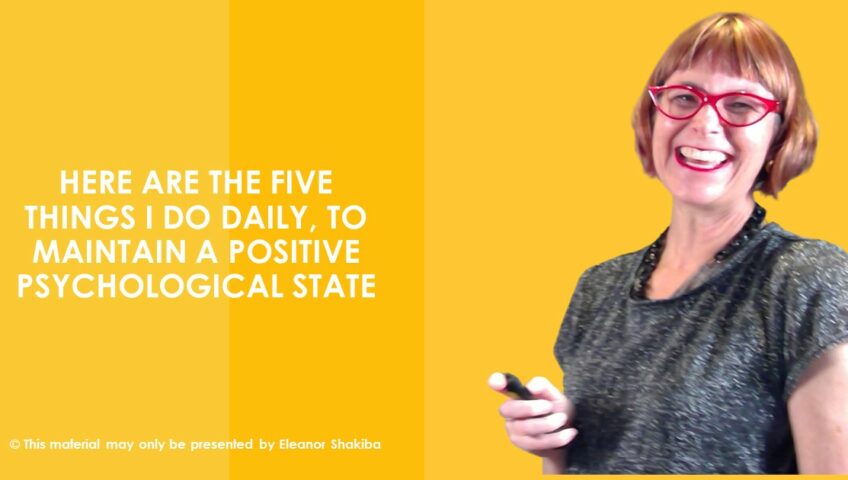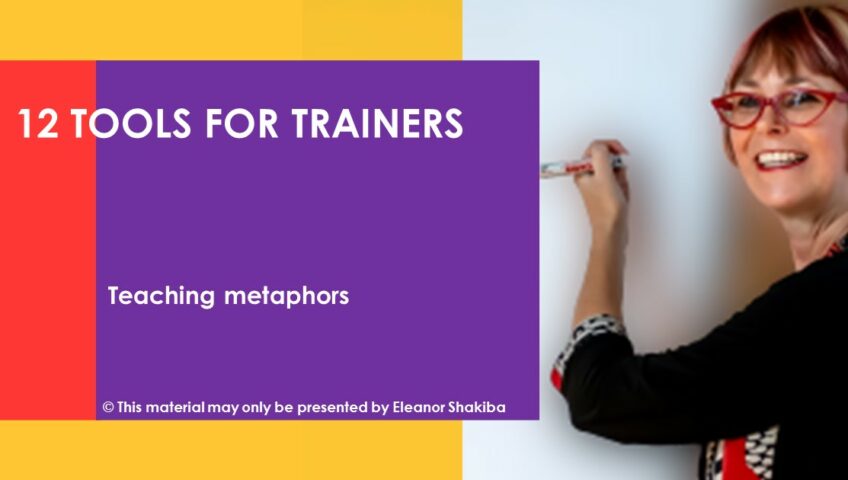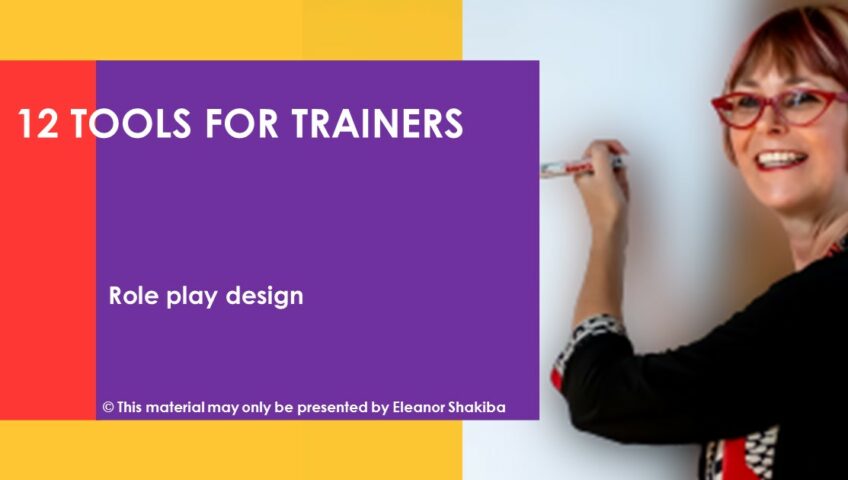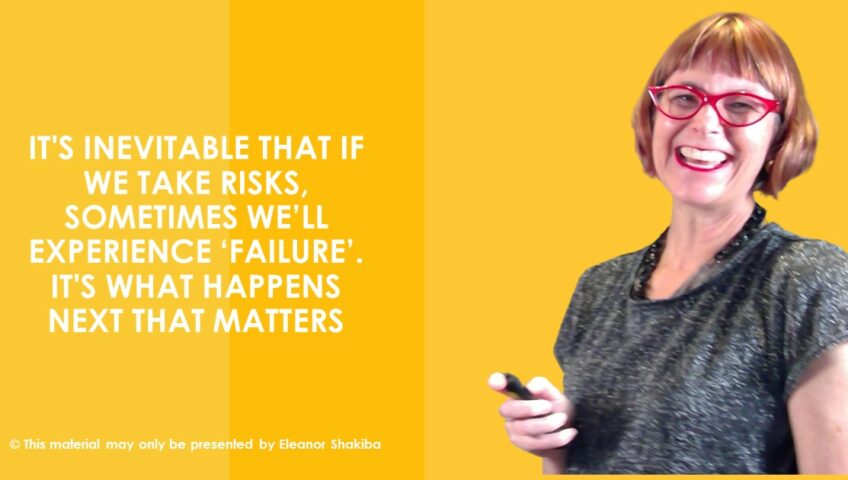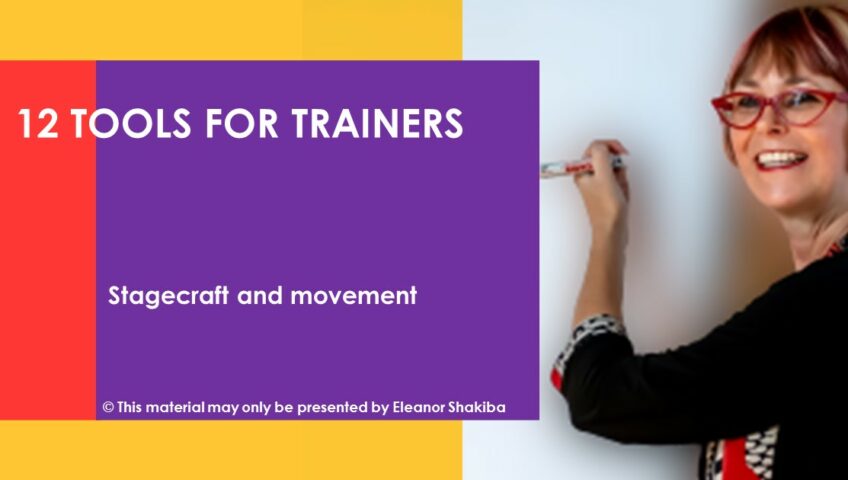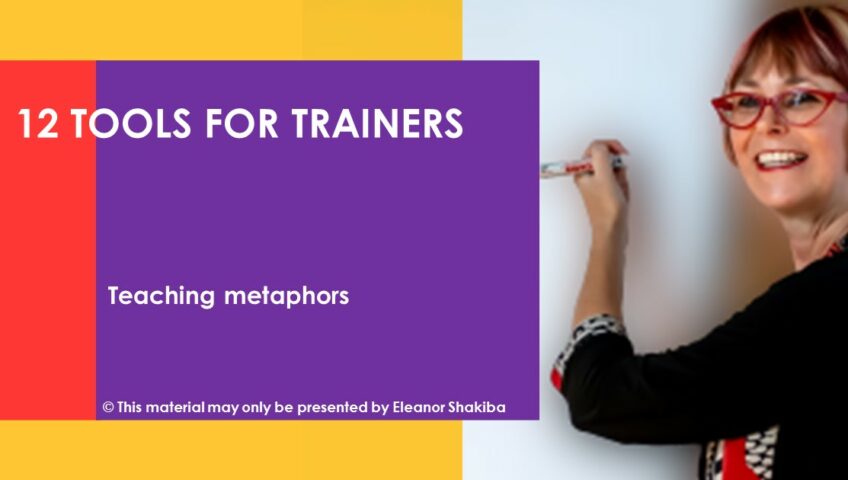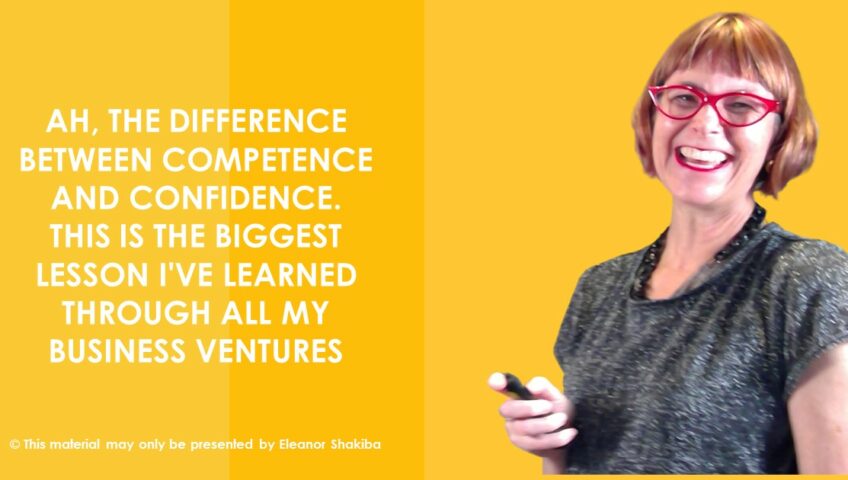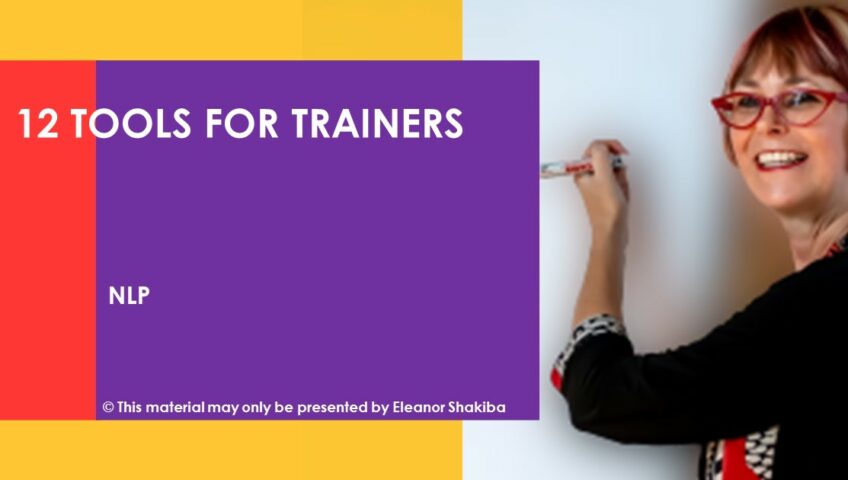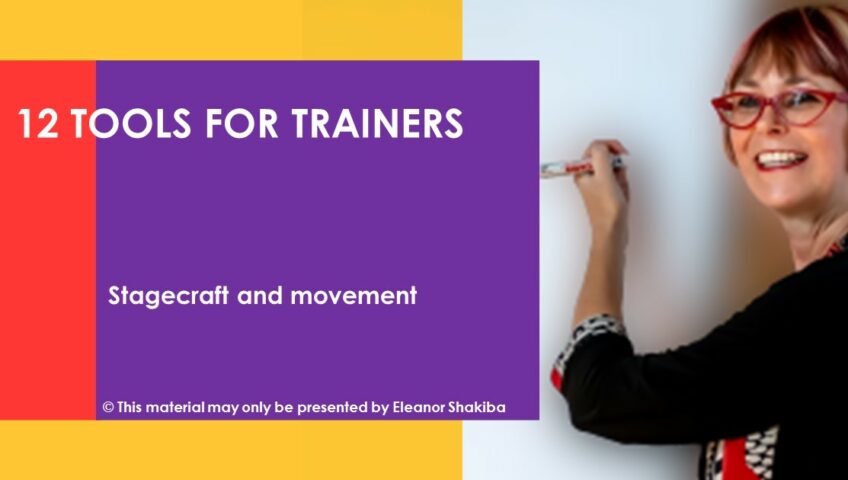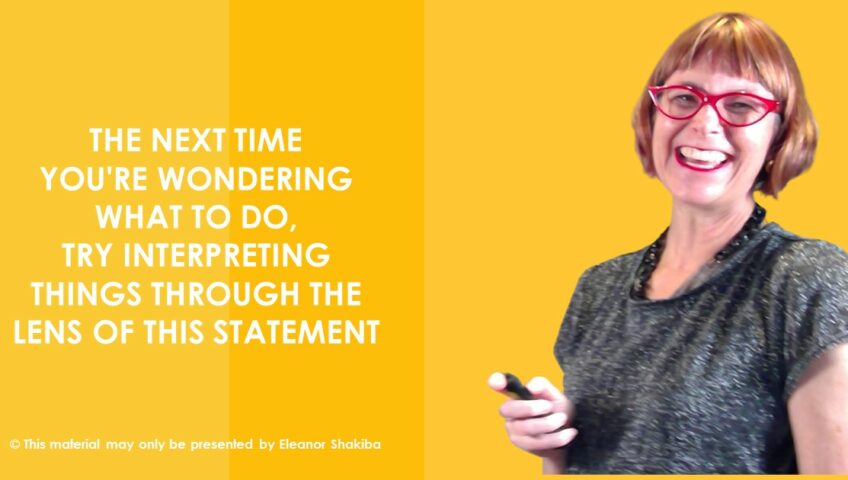Many people assume that because I teach confidence building skills, I must be naturally confident. That is definitely not the case. I am a positive psychology trainer because I found the field’s tools so useful in my own life. I’ve learned to be optimistic and believe in my own ability to create positive results. Over the years, I’ve developed a routine that helps me stay in thriving mode. If you’re interested in developing your own self-assurance, maybe some parts of this routine will be useful in your life.
Here are the five things I do daily, to maintain a positive psychological state. They’re all based on principles of positive psychology.
3-minute mindfulness activity
When I awake, I focus my attention on the here and now. I scan my environment and find something to appreciate. This morning, for example, it was a bird fluffing itself up on a branch outside my bedroom window. Finding something to be grateful for before I get out of bed is a helpful way to pry myself to ‘think positive’.
20-minute shot of caffeine-and-smiles
Okay. So the caffeine part isn’t evidence-based (yet). The smiles are, though. Being around positive people creates ‘positive resonance’. That’s why my daily routine includes pausing at my favourite café for coffee and a chat. Bertoni is a spot where everyone is cheerful and positive. There is a vibe amongst the staff, which customers can’t help but absorb. Especially on days where I’ll be working solo, spending 20 minutes in this environment helps keep me upbeat and happy.
Limiting myself to ONE goal for the day
I have a tendency to overwork and be a perfectionist. That’s a legacy of imposter syndrome. At least these days I recognise it. The most practical way I’ve found to manage it is to limit myself to one major, but achievable, goal per day. This prevents me taking on too much, working excessive hours and exhausting myself.
45 minutes of exercise (like it or not)
I don’t really like going to the gym, but it does make a difference to my mood. I’ve researched the bare minimum amount of exercise required to stay healthy – both physically and psychologically. It seems that 45 minutes, three times a week is all it takes to boost mood. So that’s how long I spend in the gym each week. On the other days, though, I do activities that are more appealing. This includes walking to my favourite coffee shop, or dancing in the evenings.
Self-hypnosis session at bedtime
I’ve had a tendency towards insomnia since my teenage years. I blame my parents for introducing me to coffee at age 13. Fortunately, these days, there are many self-hypnosis products which help me relax and sleep. My favourite session is I Can Make You Sleep by Paul McKenna. I have a routine where I hook up my headphones and listen to this audio track in bed. What I really like about it, is that it is designed to let you drift into sleep without ‘waking up’ out of trance. That little touch makes all the difference to helping me drift off.
I firmly believe that everybody is capable of shifting into positive emotional states. This daily routine helps me to do just that. I encourage you to develop your own routine, so that you can experience a happy and empowered life.
About the author: Eleanor Shakiba
Eleanor is a specialist in positive psychology. Her passion is teaching talented people to use social and emotional intelligence to excel in business. These skills centre around building positive mindsets, proactive communication habits and purposeful leadership behaviours. Eleanor’s qualifications include degrees and diplomas in Social Anthropology, Positive Psychology, Counselling, Coaching, Adult Education and Neuro Linguistic Programming. She is also the author of the Positive Psychology Toolkit for HR and L&D Practitioners. This is a free resource for trainers and facilitators.

